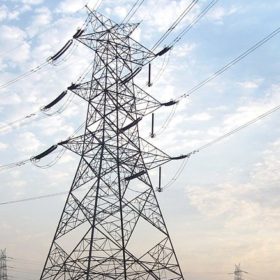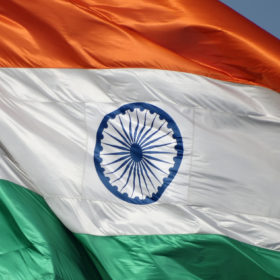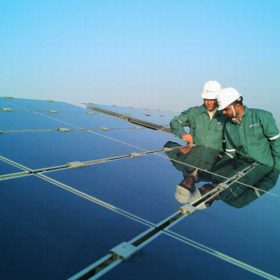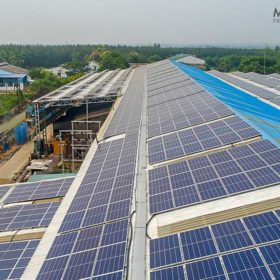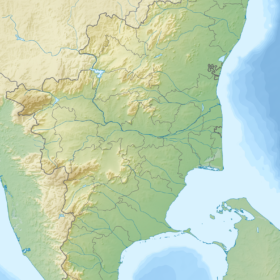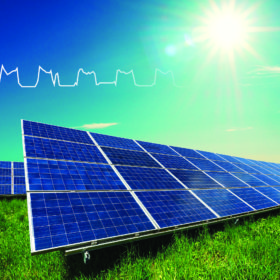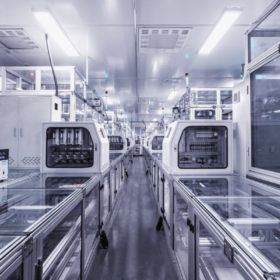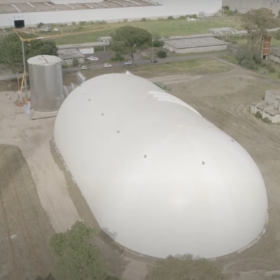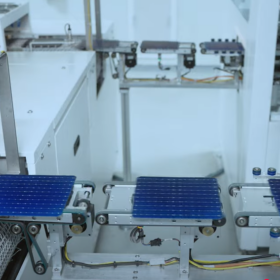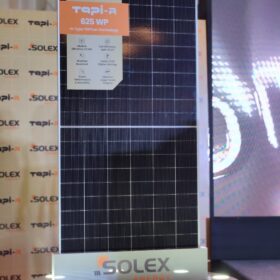Anti-dumping duty on coated steel will raise solar project costs by 2-4%: Care Ratings
India’s Directorate General of Trade Remedies (DGTR) has determined that flat steel products coated with aluminium and zinc are being dumped by manufacturers in China at dumping margins of 30-50%, South Korea (20-30%) and Vietnam (10-20%). It has proposed anti-dumping duty based on the same to offset material injury to domestic manufacturers.
India needs to spend Rs 5 trillion on transmission to power $5 trillion economy
As the country races to add or upgrade infrastructure for electricity transmission, it needs to take steps to encourage private investments as also lower consumer prices—according to a white paper by Confederation of Indian Industry that includes recommendations on planning, operations and costs for a robust transmission system.
“Let’s compete on quality and innovation”: Vikram Solar CFO
With India losing major solar markets to stiffer competition from cheaper products, it’s high time to change the game by playing on quality and innovation—according to Vikram Solar Chief Financial Officer Rajendra Kumar Parakh, who spoke to pv magazine on the challenge of shrinking markets before Indian solar manufacturers.
Andhra Pradesh cancels energy storage proposal
The move is the latest attempt by the newly-elected state government to reverse renewable energy commitments made under the previous administration.
Singaporean Sembcorp will invest Rs 5169 million in India arm to push renewables growth
After Singapore, India is the second largest revenue generator for the integrated energy player. In year 2018, it earned overall revenues of S$11,634 million (Rs 587 billion), of which S$1685 million (Rs 85 billion) came from power business of Sembcorp Energy India Limited.
India added 1,836 MW of rooftop solar in last fiscal year
Maharashtra, Rajasthan, Gujarat, Karnataka and Tamil Nadu were the top five states by annual installation, accounting for 60% of the new capacity.
NLC India commissions 63 MW solar capacity in Tamil Nadu
The state-owned power generator has commissioned 63 MW capacity out of the 100 MW solar PV power plant in Tirunelveli district, with Tamil Nadu Generation and Distribution Corporation (TANGEDCO) as the beneficiary.
Has solar lost its sheen for India’s EV push?
While India’s recent union budget announced steps to create an electric vehicle market, the solar sector still has issues that have not been addressed.
Energy storage and EVs clear winners in union budget 2019: IESA
The new budget aims to seize the opportunity in energy storage and EVs through a range of incentives. However, alongside demand, production and export, the government also needs to focus on e-waste management and Li-ion battery recycling to sustain raw material supply and minimize environmental impact.
Economic Survey calls for $330 billion investment in renewables
The annual report has placed EVs at the heart of India’s decarbonization and called for an Indian answer to the U.S. ‘Motor City’ of Detroit, where electric vehicles and the batteries to run them could be manufactured.

